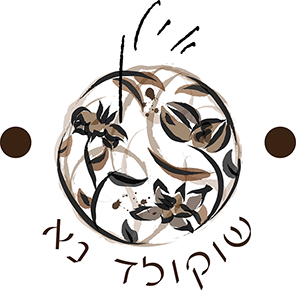Don’t Wait! Saving Your Chocolate From a Bitter End
There is something nice about finding a long-lost piece of chocolate. You unwrap it with excitement, ready to savor, and then there is--- white? What happened to this precious morsel that is now discolored? Is it safe?
Chocolate can go bad for three main reasons- storage, heat, and moisture. This trifecta can change the taste and texture. Most people will tell you to refrigerate chocolate and we recommend refrigerating ours so that you can enjoy it for longer. But if you have just forgotten about it in your kitchen cabinet, what can you do now?
Here are the tests:
1. White or greyish appearance means that the chocolate has “bloomed.” This can either be from fats or sugars, but “blooming” is when cacao butter starts to crystallize or when sugar comes to the top of the chocolate. A flat bloom occurs when the temperature gets too high. A sugar bloom occurs when too much moisture is on the surface of the chocolate. So… cool, dry place for storage is a requirement.
2. The chocolate is dry or crumbling. Chocolate should be smooth and melty. So, if your chocolate is dry, it may just be best to toss it.
3. Chocolate should smell like chocolate. If it smells musty, something has gone wrong.
4. It shouldn’t taste stale or sour.
5. If you see mold… run.
Overall, it does take a long time for chocolate to go bad. Kept in the right condition, some dark chocolates can stay good for almost two years. But who would want to wait that long? Even if you see some evidence of blooming, chocolate is still safe to eat, but you should expect the quality of the flavor to go down. Chocolate will have its taste and texture change incrementally over time.

